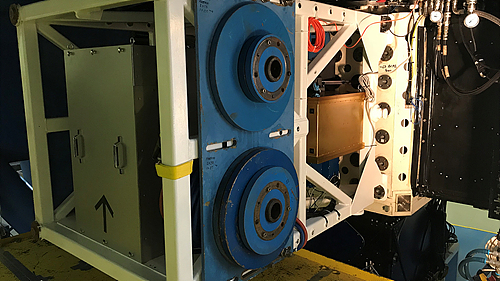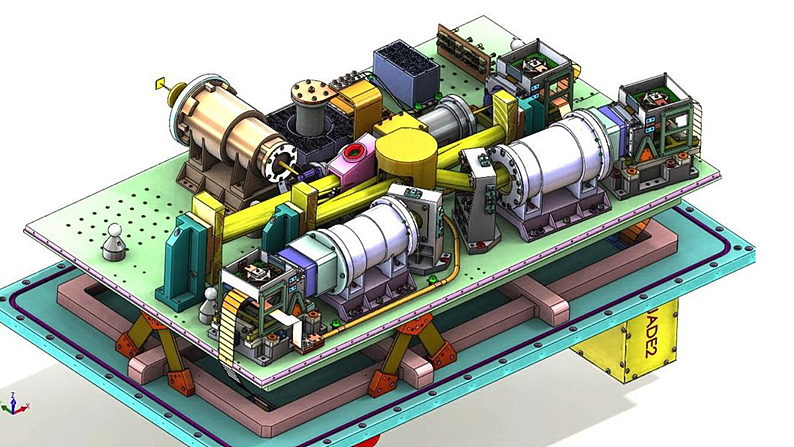IGRINS-2 for Gemini Telescope: BackgroundKASI signed the final agreement on July 24, 2018 to establish Korea as a full participant in the Gemini Observatory. KASI intends to contribute to the Gemini Instrument Development Program by providing an instrument currently designated IGRINS-2 in place of a one-time cash buy-in fee. The specifications of IGRINS-2 shall be based in part on the recommendations of the Gemini STAC and presented for approval to the Gemini Board. IGRINS is a cross-dispersed immersion grating infrared spectrometer jointly developed and commissioned by KASI and the University of Texas at Austin in 2014. It is a unique instrument that covers broad spectral range from 1.45 to 2.5μm in a single exposure with a high spectral resolution of R ~45,000. After spending more than 600 nights at McDonald HJST 2.7m and Lowell DCT 4.3m telescopes, IGRINS successfully completed 50 nights observation in 2018A on the Gemini-South telescope. In the first visit to Gemini, IGRINS turned out to be a very powerful and popular instrument for the user community. IGRINS mounted on the Gemini South  Optical bench design of the IGRINS  The science targets of IGRINS include YSOs and their disks, young planets and brown dwarfs, and M dwarfs and giant stars, to name a few. As IGRINS was originally considered for use with 8m class telescopes as well, IGRINS is able to meet its science requirement at Gemini without further modification. Following the STAC recommendation, the design of the IGRINS-2 instrument proposed here is intended primarily to deliver an IGRINS-like instrument to Gemini as soon as possible. To attain this goal, we would like to keep the IGRINS optical design and utilize the existing immersion grating. All the original science requirements will be met, and there is not much call to upgrade for Gemini-specific needs. Due to the characteristics of the available immersion grating, the fundamental spectral features of the new spectrograph will not be that much different from the current IGRINS. However, some functional and operational features of IGRINS-2 are planned to be upgraded from IGRINS as described below. Main Features of the IGRINS-2
Optimization for Gemini: Resolving PowerNominal R of IGRINS is 45,000, corresponding to velocity resolution of 7 km/s. Due to turbulence and rotation, it is expected that even the narrowest stellar lines have widths of around 10 km/s. The original design is intended to resolve these line components (rotation rates, radial velocities), to measure the detailed shape of the line wings (surface gravity), and to detect lines with small depths relative to the continuum (~1%, surface gravity, abundances). It is also suitable for accurate determination of the relative widths of Zeeman-sensitive and insensitive lines that can be a way to measure stellar magnetic fields as well. Optimization for Gemini: Slit DimensionFor efficient observation, we require a slit length at least five times the width of the seeing disk which will enable us to measure sky emission and emission from the source simultaneously and to nod the telescope so that the source emission can be recorded over the same pixels used to measure the sky in the previous exposure. On the Gemini telescopes, 85th percentile image quality at H is about 0.8″ and a slit length of 5″ could be adequate. However, with 0.3″ of slit width, we will have relatively large slit loss. By adjusting the physical size of the entrance slit, we will be able to increase the slit width about 10% without changing the optical design but reducing the resolving power accordingly. Upgrade Plan for the IGRINS-2
Key MilestonesKey Milestones of the IGRINS-2 Development
Participating institutionsDevelopment: KASI OATG, Gemini Observatory, University of Texas at Austin
|
